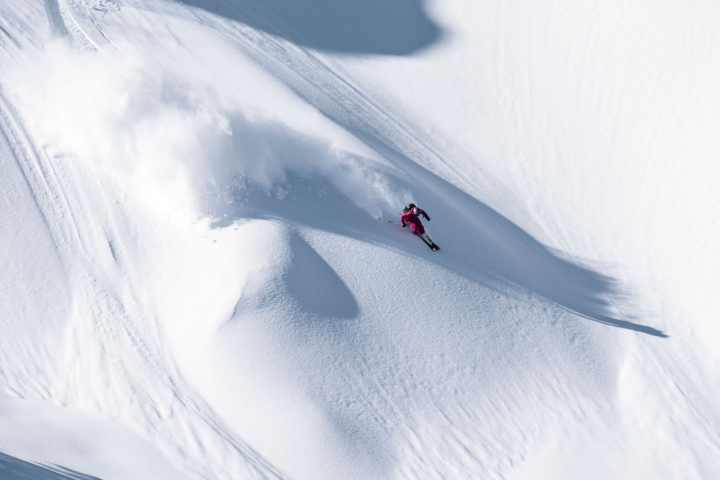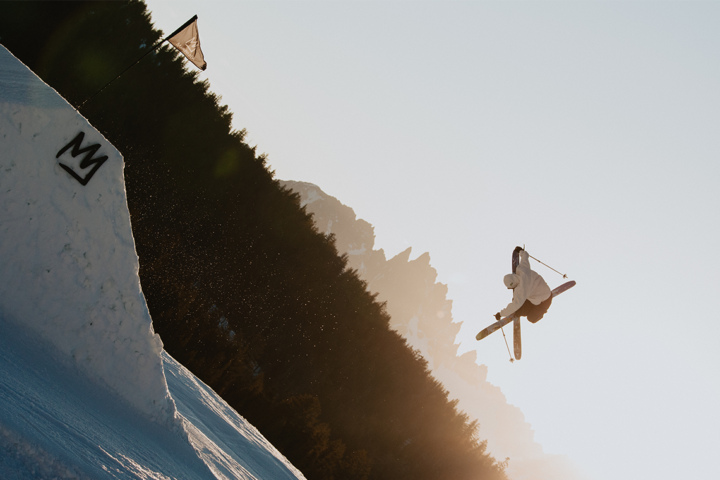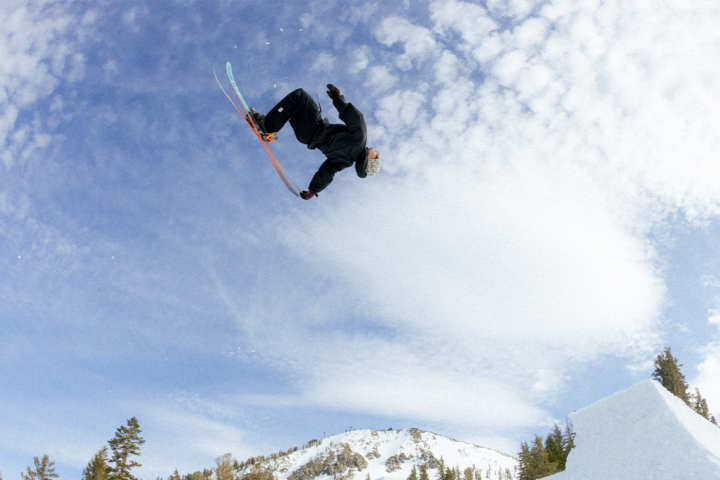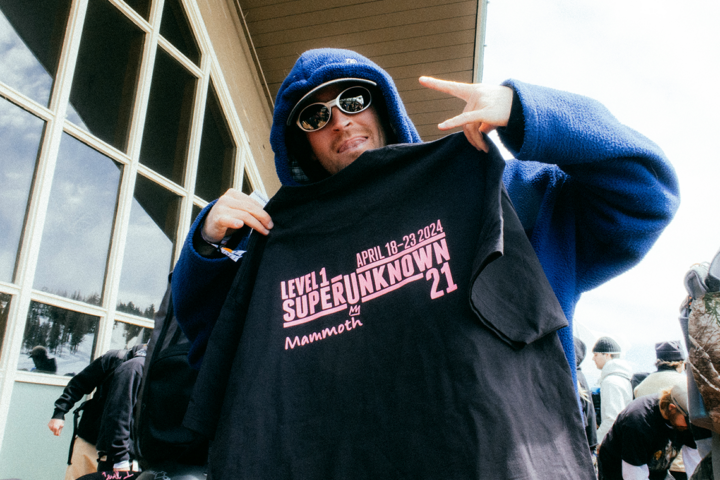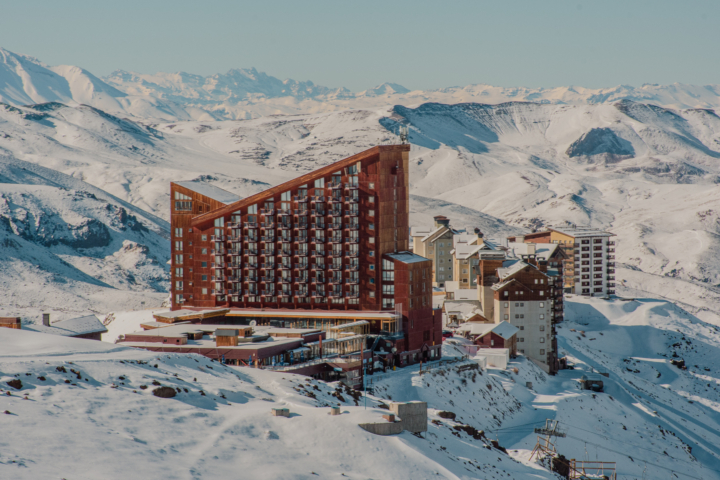In response to environmental concerns and the rising cost of natural resources everyday appliances and machines (think high efficiency washers and dryers and Toyota’s Prius) are being designed to do more for less; less money, less resources, even less man power. As skiers, we must ask: what is the ski industry doing to mitigate our carbon footprint?
A new concept has recently emerged: the EcoGroomer, which employs two additional snowcat outriggers, tripling the surface area groomed, and decreasing the amount of time spent grooming and the use of fuel.
EcoGroomer inventor and entrepreneur, Dan Osborne, of Florida, of all places, had his “ah ha” moment when he saw a “tractor going down the middle of the Interstate (here in Florida) mowing the grass three lanes wide.” Osborne is a life-long skier, managing nearly 20 days a year on the slopes, despite living in OJ territory. He applied this outrigger concept to current grooming practices.
“Snow grooming is a fairly young industry (40+ years) as compared to mechanized farming or other industries (100+ years). This is just the natural evolution of snow grooming to a more efficient/cost effective level,” according to Osborne’s Web site.
Osborne dedicated nine months refining his concept, consulting with engineers and mountain/grooming ops to develop the EcoGroomer.
“The design is now absolutely feasible for 60%-70% of all groomed runs.” he said, “The traditional groomers will continue to handle the very steep and heavily bumped pistes.”
While taking into consideration that the EcoGroomer cannot groom every run—because of its massive size—Osborne projects that his concept will still save over 20 million gallons of diesel fuel by 2020, which translates to about $100 million in savings for resorts. That projection only includes implementation in the top 20 resorts in the U.S.
It’s not just good news for the environment and resorts; ideally, the reduction of expensive fossil fuels used should in turn drive lift ticket prices down, which have approached near $100 per day at some larger resorts.
Currently, Osborne has filed for two patents. He's in talks with three potential manufacturers and reports that “resorts are cautiously optimistic, but want to see a prototype ASAP.” He expects to see his product in the marketplace by the 2012/2013 ski season.
__________


